The Fine Art world has always been an interest of mine. In fact, I was pursuing a graduate degree in the philosophy of art before I quit to pursue photography full time. Quitting was the result of a waning interest in learning about dead white guys — and it was a good move for me in the long run. Humans have been creating art for our entire history as a species. Creativity is baked into our brains. The proof of this innate need to create dates back more than 30,000 years as evidenced by cave paintings. The art of painting is ancient, storied and deeply textured. Fine art photography, in comparison, is in its infancy. As such, the institutions and art critics are outspoken with their assessment of photography being a “vulgar trespasser” by hanging in the same hallowed halls as paintings. To be honest, I am asking myself, are the critics right? Does fine art photography belong in the same museums as the time-tested art of the brush? My friend Sohail, who will be dropping by the blog from time to time with deep insights on fine art and technology articles, dives into the subject in the following paragraphs. -Chase
It’s a battle that’s been fought since photography arrived on the scene as a medium of visual expression. To its critics, it’s been nothing more than a glorified means of copying or reproducing something. To its proponents, it’s every bit as legitimate an art form as painting and sculpture. Regardless of which side you come down on, photography has always had to struggle to gain acceptance in the fine art world, especially in museums.
Now, one of the most prominent museums in the world is adding a photography exhibit to its repertoire, and there are quite a few folks who aren’t happy about it.
“The truth is,” writes Andrew Graham-Dixon, “that very few photographers have ever produced images with the weight of thought and feeling found in the greatest paintings.”
Graham-Dixon writes for the Telegraph, and he’s talking about “Seduced by Art: Photography Past and Present,” a photography exhibit at the National Gallery in London.
This is the National Gallery’s first major exhibit of photography, and for a number of reasons, it’s being heavily panned by critics. That criticism is stretched into a critique of the place of photography in the world of art.
“Photography,” says Graham-Dixon, “lacks the depth and heft, the thinking sense of touch, that painting possesses.”
Another critic, Brian Sewell, is even harsher in his column for the London Evening Standard.
“Vulgarity is, indeed, the almost common factor among these present-day photographers (most of them fiftyish or so) — the vulgarity of the commonplace subject, the vulgarity of colour, the vulgarity of scale (now common in every current form of art) and the vulgarity of surface, too often utterly repellent.”
The exhibit, he concludes, is “Shoddy, mischievous and gravely mistaken, intellectually the work of students at some post-polytechnic university, those who devised it have seduced the National Gallery, led it astray, debauched and corrupted it.”
Ossian Ward, writing for Timeout London tosses his share of brickbats at the National Gallery as well.
“…they tend to overcomplicate matters and look for obscure lines of influence instead of plumping for the bigger names – why no grandiose Andreas Gursky, no Cindy Sherman self-portraiture, no iconoclastic Andres Serrano, fer chrissakes?”
To be fair, not every review is negative, and Ward does allow that “some of the curatorial discoveries are worth making.”
Some reviews are even positive, like Laura Cummings’ review for The Guardian.
“Seduced By Art is an enthralling show,” she writes, “beautifully selected to express the numerous ways in which painting has inspired or affected the evolution of photography.”
The core argument, though, is one that Graham-Dixon lays out clearly – that the lens is no match for the brush when it comes to art. For those of us who call ourselves photographers, this is a hard claim to swallow.

Richard Learoyd, 'Man with Octopus Tattoo II', 2011. Image Courtesy: The National Gallery, London, UK
The traditional art vs. photography debate isn’t new, but every time photography makes major inroads into the art world, it flares up again.
To be fair, some arguments may be legitimate. As Ossian Ward pointed out, this is the National Gallery’s first outing when it comes to displaying photography, and they may have indeed overthought it, as he suggests.
It’s also possible that the criticism of the photographs, some of which have been commissioned specifically for this exhibit, has a lot to do with the subject matter of those photos. It’s worth wondering why the National Gallery would commission work specifically to fit the theme of their exhibit, which was primarily about drawing a connection between photography and painting.
There’s a real debate worth having here about whether there *is* such a connection, and if there is, why did the National Gallery feel the need to commission new work? Moreover, there’s also a debate to be had about whether photographers need to follow the same mores painters do, both in terms of subject matter and technique. The National Gallery’s attempt to draw this connection in what could be construed as an attempt to legitimize their exhibit may be considered a failure simply because this connection may not exist.
The “subject matter” argument is one that Graham-Dixon makes pretty persuasively when he highlights a moment in his personal experience when he found photography to actually transcend painting.
As for photography equalling, even exceeding, art, I will admit to one moment when I know that it happened — in the work of those photographers who accompanied Scott and Shackleton in the Antarctic, men who in those then unique circumstances had eyes to see that with the coolly calculated technology of their clumsy cameras, they could enhance the ice and snow, the darkness and the light, even the numbing chill of the deep distant south, in ways far beyond the dramatic romanticism of Caspar David Friedrich and Frederick Church, and the dabbing of the Impressionists, their near contemporaries.
Still, he stays close true to his basic premise, claiming that “When the photographer pretends that he is an artist, he is a trespasser.” And, if you define art very narrowly, as “the expression or application of human creative skill and imagination, typically in a visual form such as painting or sculpture,” then you could argue that photography, as a medium where an image is captured, as opposed to being created, is not art.
Yet part of that definition of art, the part about art being “the expression or application of human creative skill and imagination,” can easily be applied to photography. Furthermore, that certain subjects are best left to one medium or another is, again, a hard claim for photographers to swallow.
Of course, it’s also possible that the jeers thrown at National Gallery’s exhibit is just a knee-jerk reaction from old-world critics. After all, it’s only recently that photographs commanding seven-figure sums have become more normal, whereas Paul Cezanne’s “The Card Players” fetched the tidy sum of $267 million from the Royal Family of Qatar in 2011. Photography’s most expensive work, on the other hand, is Andreas Gursky’s “Rhein II”, sold for a comparatively paltry $4.3 million.
Photography as an art form is still young, while painting has been around for thousands of years. It’s pedigree stretches back to pre-history and the cave paintings in Grotte Chauvet, France, that are about 32,000 years old. The next few years will continue to see accelerated evolutions and revolutions in the world of photography, which is barely two hundred years old.
Nonetheless, many of us would argue that it’s time the art world as a whole recognized that the photograph as a piece of art isn’t a fad. It’s not going away. Someone who thinks that photography isn’t as elevated an art form as painting clearly doesn’t have an appreciation of the level of effort that goes into a truly great photograph, and that as more than a few of our photographer friends would say, is quite simply their loss.
__________
Reporting from Sohail Mamdani


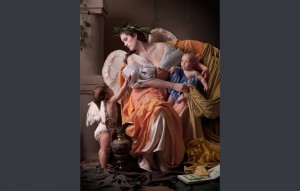
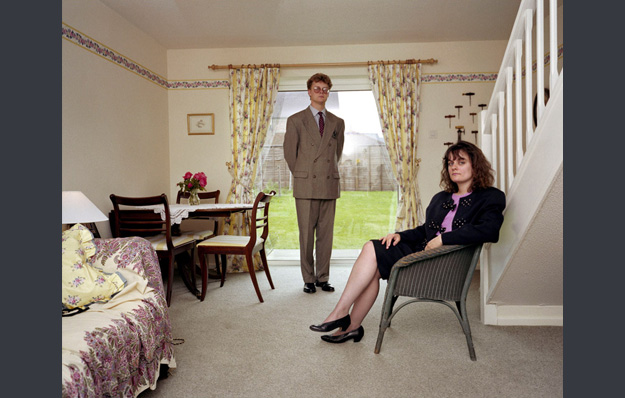
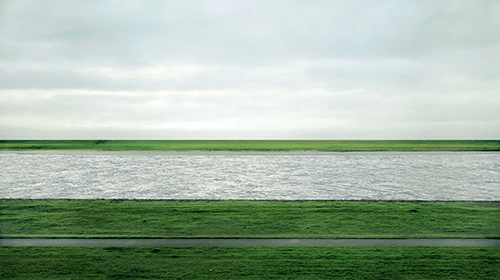






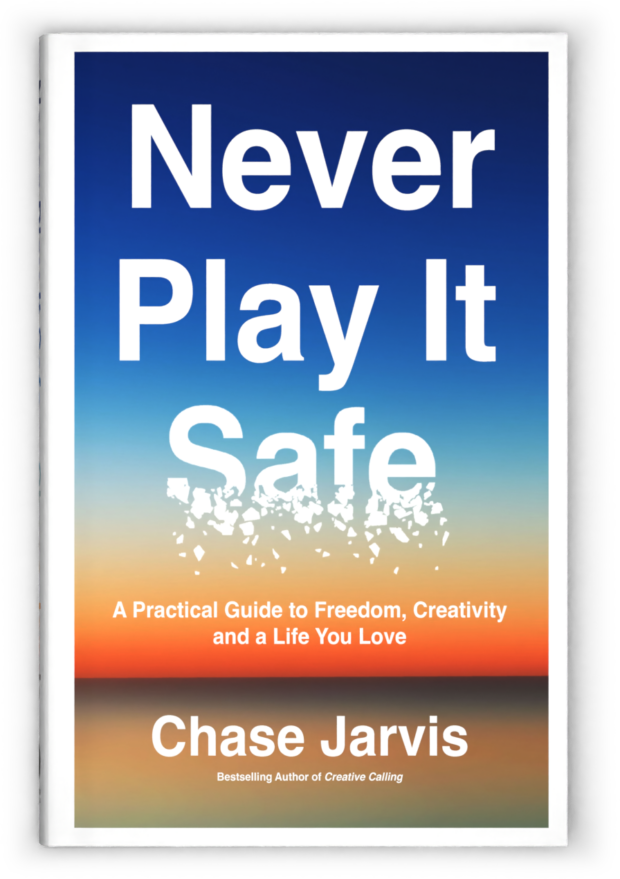










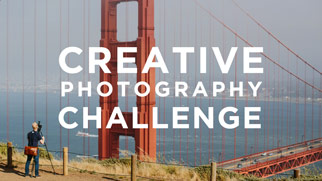
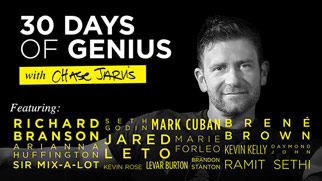
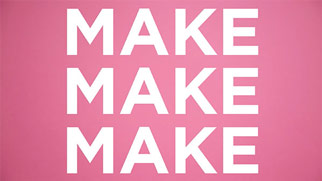
Art is truly subjective, the medium an artist chooses is personal, and the vision, execution, and technical skills one must master are similar to putting the pieces of a puzzle together. As an oil painter and photographer I struggle with my creative yen and yang existence. The two provide me with a synergy I would not have if I were simply one or the other. As I see it, photography is a medium, a technical and scientific art form exploiting light and shadow with only three codependent variables (shutter, ISO, and aperture). The critical “fine art” key to the photography argument is the photographer’s eye, his compositional skills, and desire to create something he envisions in his mind — but he must use real life as the canvas and paint. In essence, the camera is the tool, the artists is still in control and mastering his craft.
I love painting in oils and I love creating with my camera. I never understood why critics love something or hate something, but I can honestly say this; if they are commenting on it, they must “feel” something. Many of them probably don’t understand it, or are trying to relate it to something they think they understand. I for one, don’t like any of the photographs in this particular post. The man with a tattoo looks like a photographer’s attempt at making a photo look like classical realism in oil. The couple in the living look like a family snapshot taken with a point and shoot…they are both boring and we’ve all seen it. I think the work found in National Geographic is far more “fine art” in relation to what photography can give the crusty old “art world” critics and their ancient establishment brethren.
Traditional art such as oil paintings, etchings, drawings, etc have their place, and photography does as well. I strive to keep my paintings a bit “painterly” and avoid too much photo-realism in the final product. Moreover, I try to make my photography clean a pure, with the largest range of light and shadow I can get. In other words, I try to use the right tools for the product I am trying to make.
Let the critics say what they will…those of us who ignore them and remain true to our craft, true to our artistic vision, shall remain real artists. Let the masses call our work “fine art” if they will, it is our duty to ourselves to be an artist.
Fine art “We are” I believe in us …. we are just too young for now
Not all photography is “capturing.” Some photos are made. To deny that is simple, “vulgar” ignorance.
But who cares about the approval or acceptance of those who won’t give it? Let them wallow in their blindness, while we paint with the best brush yet.
Photography lacking of depth and sense of touch? For God’s sake, just a couple of nights ago I was enchanted, bewitched, bemused, deeply moved by the images shown at the beginning of Terrence Malick’s “Days Of Heaven”: a set of intriguing photographs in sepia showing ordinary people captured in different moments of their “ordinary” lives. And I have said “intriguing”, because as I was appreciating the beauty of what was been presented before me, I couldn’t help but ask myself about the hidden truth behind the faces, the gestures, the smiles, en fin! the story untold, just like I did the first time that I saw “Duel after the Masquerade” by Jean-Léon Gérôme, for example, or any other Van Gogh’s or Rembrant’s work. So maybe is not a lack of depth what we’re discussing here, maybe what is been rejected is the usage of a mechanical device to create beauty. Maybe these criticts think that grabbing a camera and pressing the shutter is all it takes to take a good photograph. That anyone can do it. Well, I can’t do it, but I do appreciate those who can, and I will always consider them real artists.
“The truth is, that very few photographers have ever produced images with the weight of thought and feeling found in the greatest paintings.”
The same can be said about painting or sculpture:
“The truth is, that very few painters have ever produced images with the weight of thought and feeling found in the greatest paintings.”
I think deep down the reason many fine art purists dislike photography is that in a single click of a button an image can be captured that the equivalent in paint or clay would have taken weeks or months.
The time it took to create or learn something does not define it’s ability to move people.
I couldnt agree more with O Ryan, or disagree more with the statement….when you look at the work of the pictorialists at the turn of the century, the images of Stieglitz, Steichen to name but a few…many many european photographers, there images drip with emotion and thought…even if they were captured in a moment. This is such a stupid debate……snobbish almost. I guess all the patrons who were the wealthy and kept the artists in keep……still have a voice perhaps.
The whole question, when based on my equally deep response to painted and photographic images………………….is pathetic really. When you know about the chemistry and the technology of the process, the breadth of photographic processes…………..and you elevate brush skills……………..its a bourgoise argument………and you know the world…….it takes generations to change. What is art anyway? They were debating this 100years ago..so whats changed……..watch this and tell me its not equal with the painting…………… http://www.youtube.com/watch?v=8YhwYgdtphE